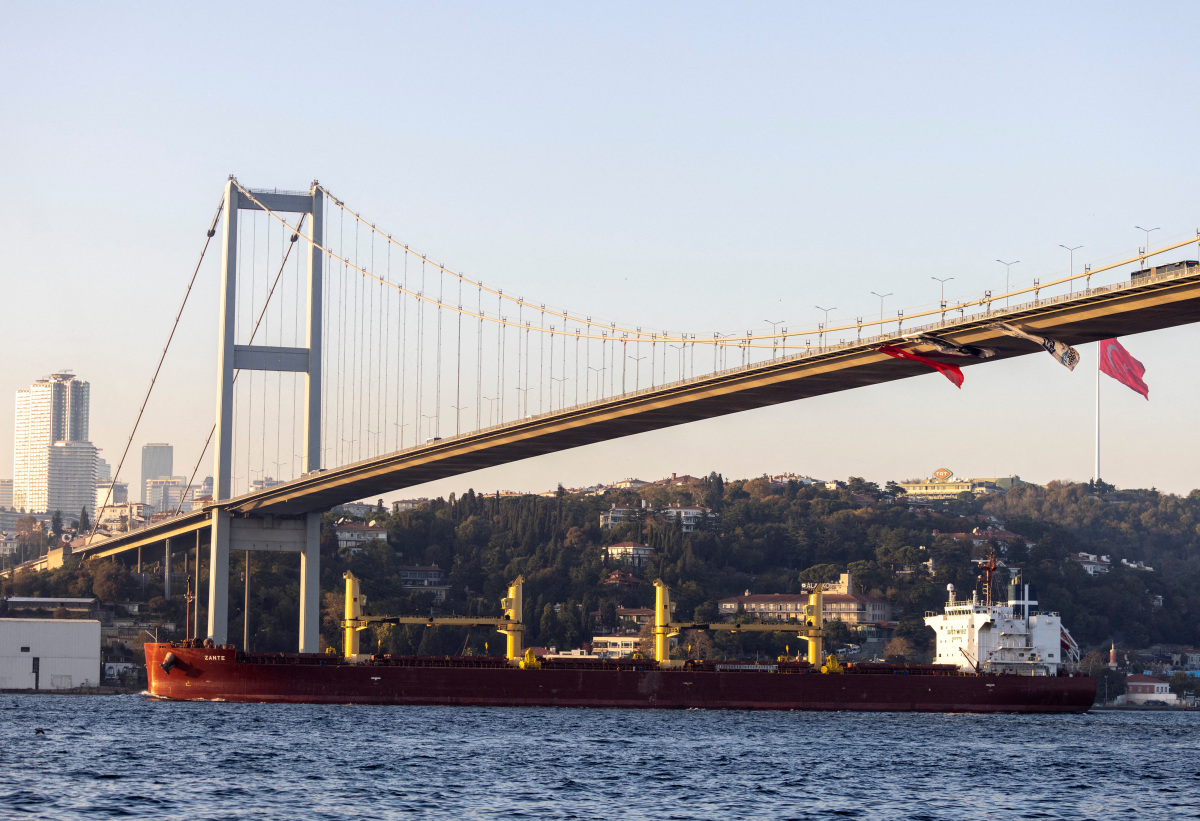The success of Amazon’s Prime Day sale has pushed retailers like Shein, Walmart and Target to start back-to-school sales early, in order to prevent the e-commerce giant from getting every customer who may be on the lookout for more affordable items needed for the new school year.
The move has created a domino effect among shipping lines, pushing the peak of the shipping season earlier as well. According to Reuters, the supposed expected peak season of the shipping season was started earlier by two months.
Rhenus Logistics, a global logistics provider, through its head of ocean freight operations for the Americas, Stephanie Loomis, viewed July as the “peak of the peak” season, when it was traditionally just the beginning.
Previously, Supply Chain Brain noted that the “main peak shipping season” will be stretching from August to October. However, the early sales from the different retailers warranted the start of the “peak shipping season” much earlier this year.
Business Standard noted that since late 2023, goods have moved earlier than usual, noting how the Houthi rebel attacks near the Suez Canal led cargo vessels to choose the longer route around the cape of Africa.
Another brand that made sure to start shipment early was Nike. Reuters noted that the company also started shipping from March to May, which was earlier than the June to August timeline that they had originally planned.
One factor that also ushered in early shipping was the new hiked up tariffs that will be imposed on some products such as EV batteries and computer chips. There were companies who were trying to beat the timeline on tariffs so as to be able to save on shipping.
The changes have been felt among smaller retailers as well. Halloween costumes are starting to be seen in stores, despite the holiday still a few months away.
“Now we’re seeing fall fashion, Halloween and year-end holiday products moving through the supply chain,” said the executive director of the seaport in Los Angeles, Gene Seroka.
He also said that he expects strong imports in July, saying that there are 63 ships that are expected to arrive at the L.A. port complex, a number higher than the usual 52 to 55 ships.







